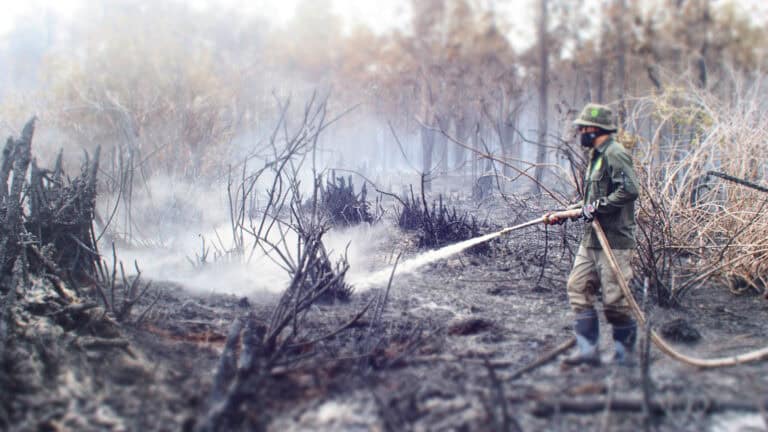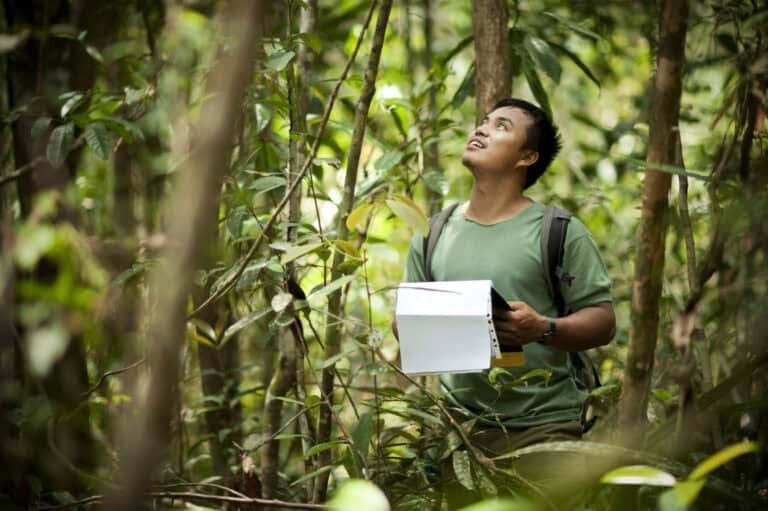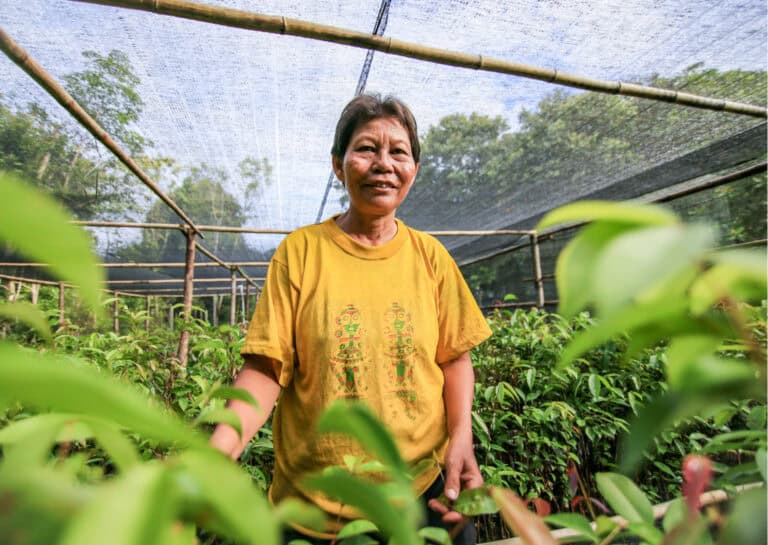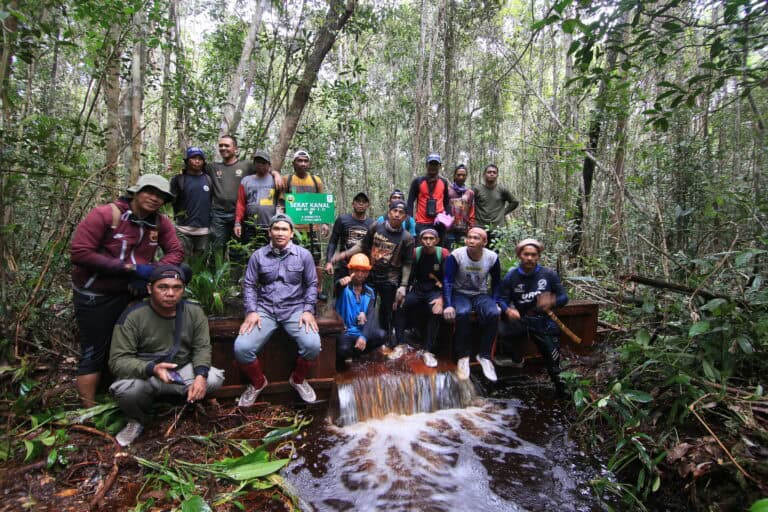Protect Our Peat-Powered Planet
Peat is important. Maybe you’ve heard that before, but chances are this knowledge probably hasn’t impacted your day-to-day life much beyond switching to peat-free fertilisers if you’re an especially conscientious gardener. But what is peat, and why is it so important?
What is peat?
Peat forms when decaying organic matter—dead plants that have only partially broken down—builds up over thousands of years. Instead of being released into the atmosphere, the carbon in all that organic matter gets locked away in the soil, making peatlands an important carbon store. In fact, despite covering just 3% of the planet’s land area, peatlands store twice as much carbon as all the Earth’s forests combined (yes, that includes the Amazon!

Why does peat matter?
Peatland ecosystems play an unmatched role in regulating our climate; however, the drainage and burning of peatlands is turning these vital carbon stores into a major carbon emitter. Earlier this month, a Guardian article highlighted the dangers of neglecting these “ultra-high-value ecosystems”, warning that their continued drainage and destruction will ignite a “carbon bomb”, blowing global climate targets. As scary as that sounds, the bomb can be defused; we can reverse the damage and keep peat carbon where it belongs, in the ground.

The problem
We’ve been working in Borneo’s tropical peat swamp forests for 25 years, so we know a thing or two about peatland restoration. Drainage is the main driver of peatland degradation, exposing the peat and leaving it vulnerable to fires. This is true even for protected areas like the Sebangau National Park, our primary field site in southern Borneo, where a legacy of illegal logging continues to cause problems even 20 years after being granted protected status. The loggers are long gone, but a vast network of canals that once allowed them to float timber out of the forest remains, draining the peat and stripping it of its natural protection against fire. But we aren’t sitting idly by whilst the peat swamp dries up and disappears—we have a plan: dams.

The solution
Damming the canals prevents the outflow of water, allowing ground water levels to rise naturally and keep the peat moist year-round. In turn, this prevents the spread of dry season fires, which would otherwise burn right through the peat, releasing centuries of stored carbon. Building dams is a fast and cost-effective way to reverse the impacts of drainage. In 2025, we’re aiming to build 200 dams in a bid to restore thousands of hectares of climate-critical peat swamp forest. We know what to do and how to do it—the only thing holding us back is cash, and for that, we need your help.
Donate here to support our planet-sustaining peat protection projects, or simply tell your friends and family all about PEAT POWER today!
We’d also like to thank our partners at Apenheul Natuurbehoudfonds, Boissiere Mervent Conservation, CISU, Darwin Initiative, EOCA, Eurofins Foundation, Orangutan Appeal UK, Orangutan Conservancy, Ouwiehands Dierenpark, Pairi Daiza, Re:wild, Stichtung Sub 3, The Orangutan Project, and Trees for All. Thank you for giving a dam with us, for peat, people and planet.
Sources
Carrington, D. (2025). World’s largely unprotected peatlands are ticking ‘carbon bomb’, warns study. The Guardian. https://www.theguardian.com/environment/2025/feb/13/worlds-largely-unprotected-peatlands-are-ticking-carbon-bomb-warns-study?mc_cid=7de295ad72&mc_eid=UNIQID
Global distribution of peatlands | GRID-Arendal. (2017). https://www.grida.no/resources/12546
United Nations Environment Programme. (2019). Peatlands store twice as much carbon as all the world’s forests. UNEP. https://www.unep.org/news-and-stories/story/peatlands-store-twice-much-carbon-all-worlds-forests
Written by Olivia Pilmore-Bedford, Communications Officer, BNF International













